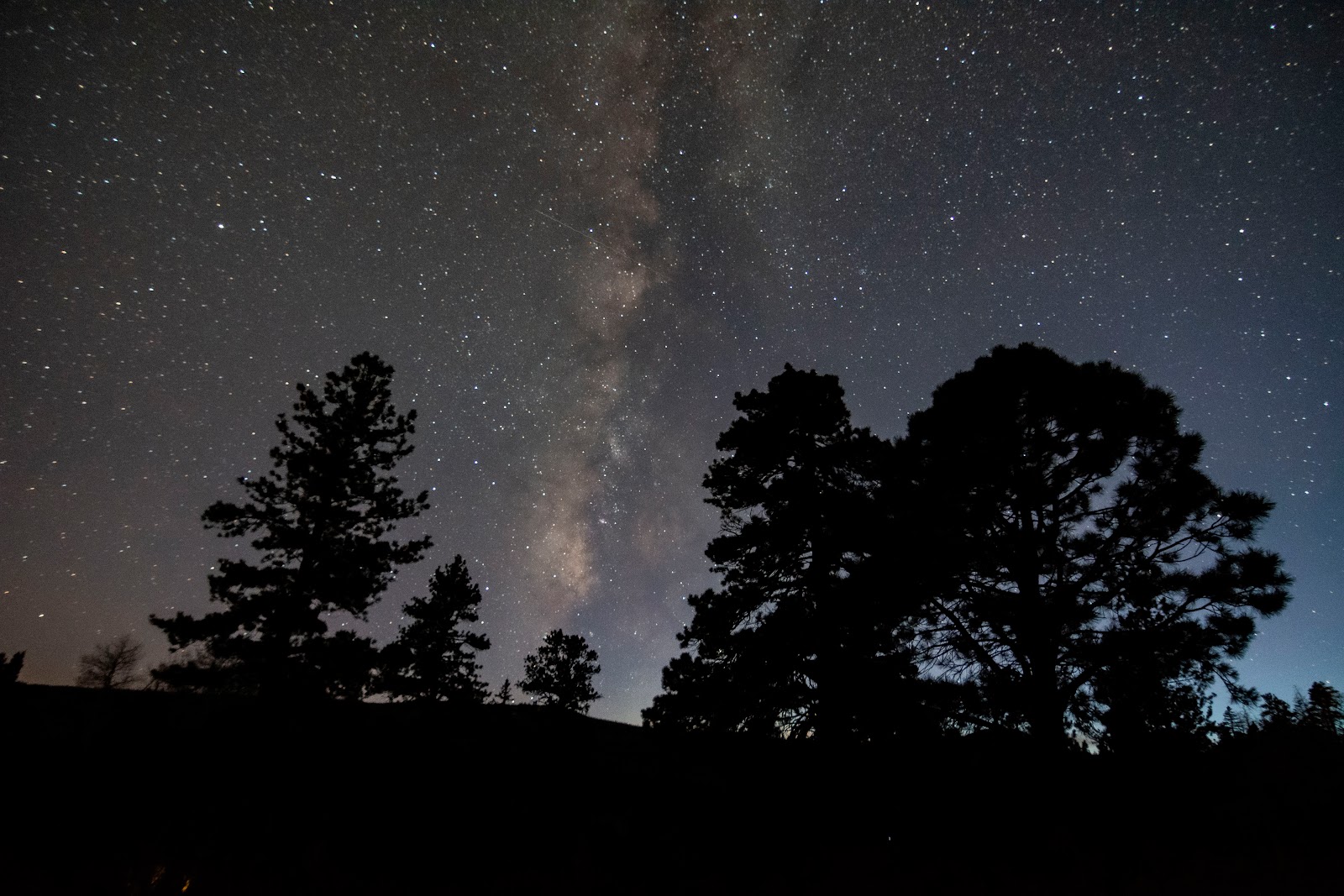Introduction
October was unusually warm for Utahns, allowing stargazers to comfortably enjoy the night sky further into the year than normal. I was able to capitalize on these temperatures by taking out my telescope numerous times and watching the Annular Eclipse. I also enjoyed a few hours of the Orionid Meteor Shower at a dark sky location. I am likely finished with my scope for the remainder of the year, but I plan to take the camera out a few more times.
November will offer observers the chance to view the Leonid Meteor Shower, which will peak shortly after the New Moon phase. Jupiter and Uranus will reach opposition this month, making it the best time to view these planets while they are opposite the Sun from our Earthbound perspective. Mercury will return to the evening sky, while Mars will remain too close to the Sun to view.

Meteor Shower
November won't have as many events as October, but observers may still glimpse some meteors from the Leonid Meteor Shower. As the name suggests, the meteors will appear to radiate from the constellation of Leo the Lion, found rising above the eastern horizon shortly before midnight. This shower is active during most of November but peaks during the late hours of the 17th and early morning hours of the 18th. The Moon will be in a Waxing Crescent phase, sinking below the western horizon before 10:00 PM. Observers should expect around 10 meteors per hour on the peak date. For those willing to brave the cold, I suggest viewing the gas giants, Saturn and Jupiter, and while waiting for Venus to rise around 4:00 AM, view as many meteors as possible. Be sure to dress warm and bring a hot beverage!

Meteor Shower
November 03: Jupiter reaches opposition
November 05: Last Quarter Moon🌗
November 09: Moon passes within 1° of Venus
November 13: New Moon 🌑
November 13: Uranus reaches opposition
November 14: Moon passes within 1° of Antares
November 16: Mercury and Antares within 3°November 17/18: Leonid Meteor Shower Peaks 🌠November 18: Mars and Sun conjunctionNovember 20: First Quarter Moon 🌓November 20: Moon passes within 3° of SaturnNovember 22: Moon passes within 2° of NeptuneNovember 25: Moon passes within 3° of JupiterNovember 26: Moon passes within 3° of UranusNovember 27: Full Moon 🌕November 28: Venus and Spica within 4°









